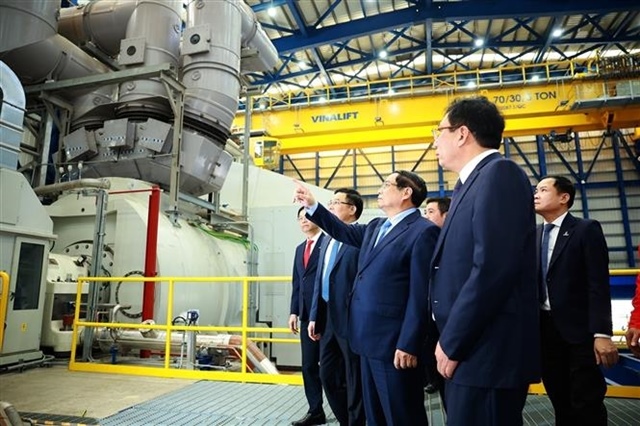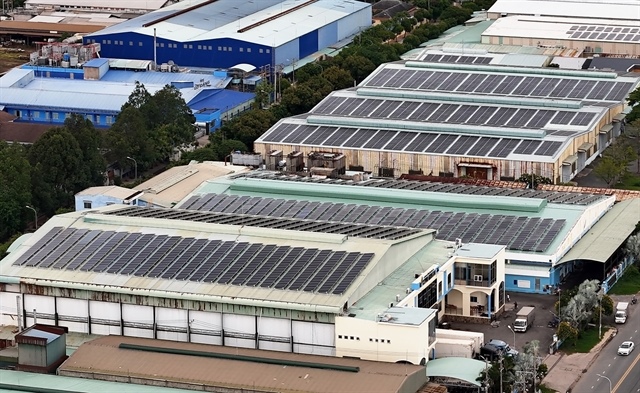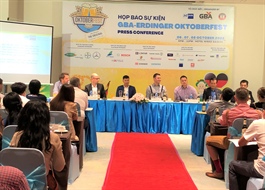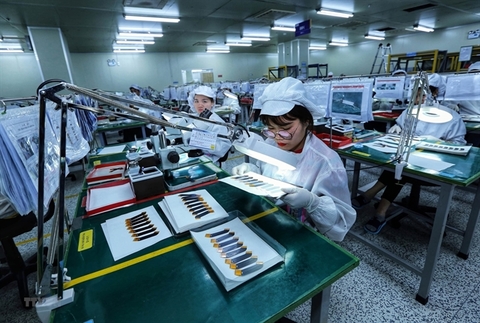Goats pull Dong Thap Province farmers out of poverty
Goats pull Dong Thap Province farmers out of poverty
Breeding goats has helped many farmers in the Cuu Long (Mekong) Delta province of Dong Thap escape poverty and earn a steady income since the animal is easy and inexpensive to raise.
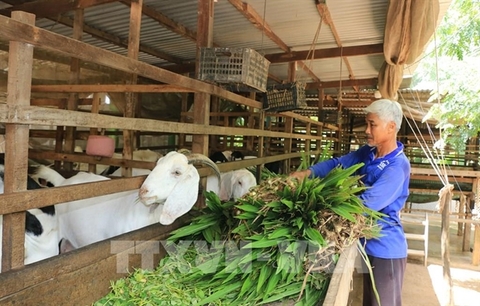
Nguyen Van Dien, chairman of Hong Ngu District's Thuong Phuoc 2 Commune Farmers Association, said his commune has more than 1,000 goats.
Truong Van Mut, a local goat farmer, said he used to farm cows and sheep but decided to switch to goats because it requires little investment and the animals require less care and get few diseases.
He lets his goats graze on a hill near home, releasing them in the morning and herding them back home in the late afternoon.
From 15 goats his herd has increased to 70 now, he said.
Earlier this month he sold five of them for meat and earned nearly VND20 million (US$860), he said.
Traders buy the animals at VND100,000-130,000 (US$4-6) a kilogramme for meat and VND140,000-160,000 ($6-7) for breeding purposes.
He earns VND120 – 140 million ($5,160 – 6,000) a year.
Females give birth twice a year, each time delivering two or three kids. Kids reach a weight of 25-30kg in six to eight months and can then be sold, according to farmers.
Many farmers also raise the animals completely in farms without letting them out to graze, and this reduces their breeding period to four to six months.
Goats are hardy and get few diseases and thrive even in saltwater-affected areas in coastal districts.
Tran Nam, also of Thuong Phuoc 2 Commune, has more than 80 goats and said the animals thrive even in harsh conditions since they eat leaves of plants that grow in areas with saltwater such as mangrove.
He sells 30 – 40 goats a year, earning more than VND100 million ($4,300).
His income is double that of rice farmers.
To improve the quality of goats, provincial authorities have tightened food safety management and use electronic stamps to trace the origin of the animals.
The province will continue to help farmers by providing efficient farming models and breeding techniques.





